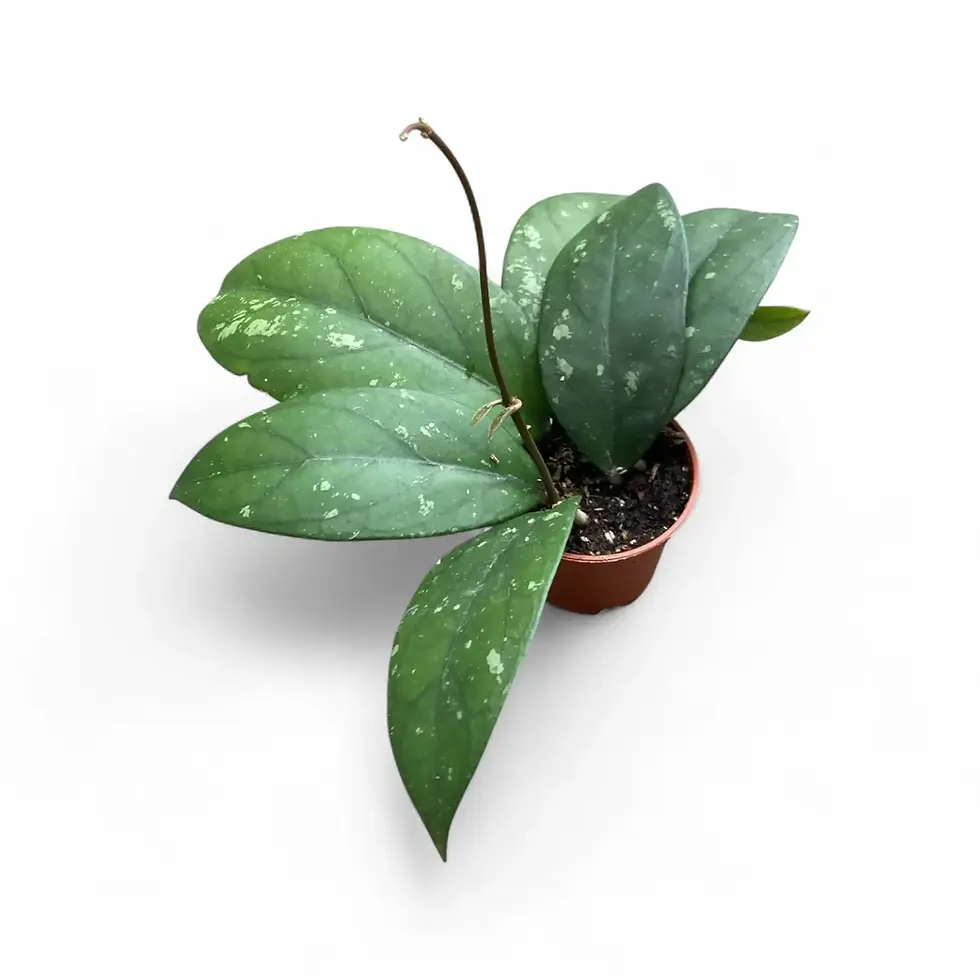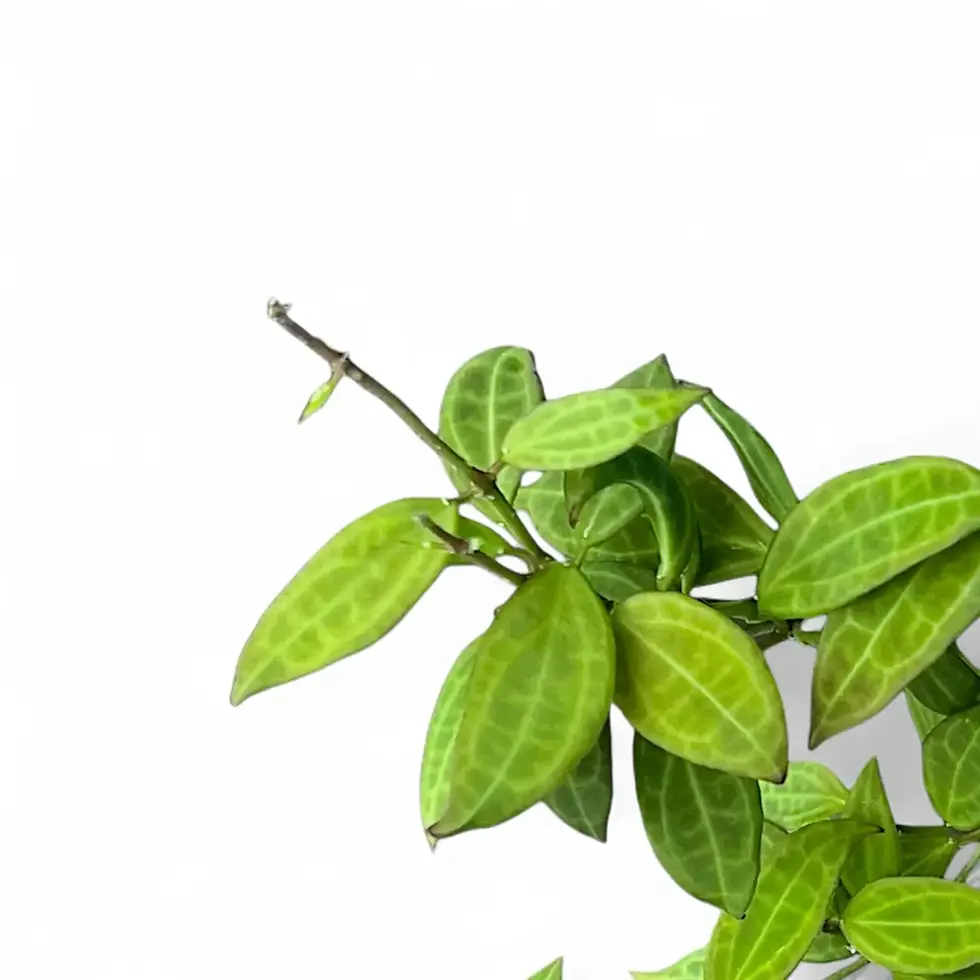Alocasia odora 'California Variegata Aurea' – Rare Yellow Variegated Collector’s Plant
Alocasia odora 'California Variegata Aurea' is an exceptionally rare variant of the historic 'California' cultivar, featuring bold golden-yellow variegation splashed across deep green, semi-peltate leaves. Unlike the more common white variegated form, this aurea version delivers warm, sunlit tones that turn every leaf into a statement piece. Its robust growth habit, combined with a compact structure compared to giant Alocasia types, makes it an ultimate showpiece for experienced collectors seeking something extraordinary.
Why Alocasia odora 'California Aurea' Is Special
- Golden Marbling: Striking yellow variegation creates a vivid, contrasting pattern on each leaf.
- Architectural Form: Upright growth with broad, structured foliage for an elegant, tropical look.
- Genetic Rarity: Aurea variegation is far less common than white, making this a true collector’s item.
- Manageable Size: Mature plants reach 1–1.5 m indoors—ideal for spacious interiors or greenhouses.
Natural Background and Origin
This cultivar originates from Alocasia odora, a species native to subtropical Asia. While the green form is common in landscaping, the 'California' line and its variegated mutations are prized in aroid collections worldwide. The aurea pattern is stable and genetically fixed—no environmental trick will induce or enhance it. Understanding its tropical heritage is key: warmth, humidity, and filtered light are non-negotiable for success.
How to Care for Alocasia odora 'California Variegata Aurea'
- Light: Bright, indirect light keeps variegation vibrant; avoid prolonged direct sun exposure.
- Watering: Keep substrate consistently moist but never soggy; let the top layer dry slightly between waterings.
- Humidity: Maintain 60–80%; low humidity can cause browning on yellow areas.
- Temperature: Thrives between 18–28 °C; avoid cold drafts or sudden fluctuations.
- Soil: Use a loose, well-draining mix with bark and perlite for aeration.
- Feeding: Fertilize every 3–4 weeks during the active season with a balanced liquid feed at half strength.
- Repotting: Every 1–2 years or once roots begin to circle the pot; choose a stable container to support large foliage.
- Propagation: Division of rhizomes during repotting; ensure each section includes roots and a growth point.
- Semi-Hydro Option: Adapts well to mineral substrates with consistent moisture control.
Common Issues and How to Prevent Them
- Fading Variegation: Occurs naturally—genetics control variegation; strong light supports leaf health but does not alter color.
- Yellowing Entire Leaf: Usually overwatering; check drainage and adjust schedule.
- Pest Risks: Inspect for thrips, spider mites, or mealybugs; treat early with neem oil or systemic insecticides.
- Brown Leaf Tips: Often a sign of low humidity; raise ambient moisture levels for healthier foliage.
Botanical and Historical Context
The 'California' lineage, long confused under the name gageana, was clarified in 2022 as part of the Alocasia odora complex. This aurea mutation is among the rarest expressions of variegation within the group, making it highly desirable for collectors. Its stability, coupled with an iconic growth form, ensures enduring value in curated plant collections.
Questions Collectors Ask
- Is aurea variegation stable? Yes, it is genetically stable, though intensity may vary slightly per leaf.
- Can I encourage more yellow patches? No, variegation is genetic and cannot be influenced by care factors.
- How rare is this form? Extremely rare; true aurea variegation appears in very limited numbers through mutation.
Order Alocasia odora 'California Variegata Aurea' now and add one of the rarest, most stunning tropical Alocasia forms to your collection!
Alocasia odora 'California Variegata Aurea'
Alocasia odora 'California Variegata Aurea' comes in following sizes:
S – comes in a ⌀ 10.5 cm pot and is approximately 30 cm tall
M – comes in a ⌀ 14 cm pot and is approximately 40 cm tall
































